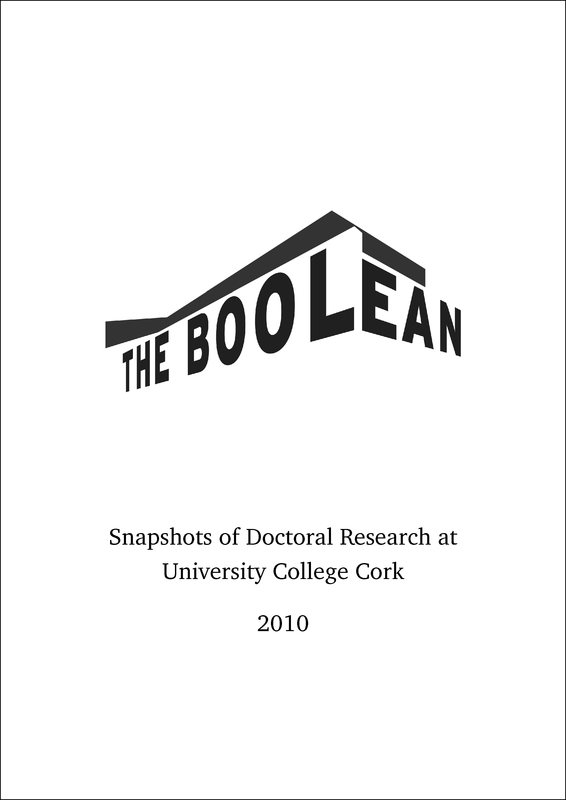Occupant monitoring for facility management using Radio Frequency Identification
DOI:
https://doi.org/10.33178/boolean.2010.20Abstract
Mankind’s rapidly increasing advancements in different industrial sectors demand a great price of environmental impact and climate change in return, specifically in the buildings and construction industry. The largest source of greenhouse gas emissions and energy consumption worldwide are buildings, estimated to account for almost 48% of all such emissions. Energy-related Carbon Dioxide (CO2) counts for about 82% of all greenhouse gases emitted by human activities. This total energy consumption translates to approximately 3.5 Billion Euros per annum. According to a report from the United Nations Environment Programme, the right mix of appropriate government regulations, greater use of energy-saving technologies and user behavioural changes can substantially reduce CO2 emissions from buildings. The Energy Performance of Buildings Directive places an onus on all EU member states to rate the energy performance of buildings in a Building Energy Rating certificate which is effectively an energy label required at the point of rental ...Published
2022-12-06
Issue
Section
Articles
License
Copyright (c) 2010 the author(s)

This work is licensed under a Creative Commons Attribution-NonCommercial-NoDerivatives 4.0 International License.



